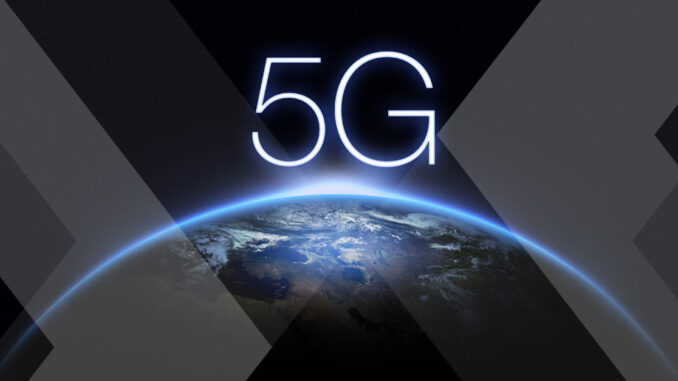
5G (Fifth Generation) wireless technology is a global wireless network that enables faster data speeds, lower latency, and greater connectivity than its predecessors. Some of its key features and characteristics include:
Key Features of 5G Systems – Faster Data Speeds: 5G offers speeds up to 20 Gbps (gigabits per second), which is significantly faster than 4G’s 100 Mbps (megabits per second) maximum speed.








Lower Latency: 5G reduces latency to 1 ms (millisecond) or less, compared to 4G’s 50 ms maximum latency.
Massive Connectivity: 5G can support up to 1 million devices per square kilometer, making it ideal for IoT (Internet of Things) applications.
Ultra-Reliable Communications: 5G provides high reliability, making it suitable for mission-critical applications like healthcare, finance, and transportation.
5G System Architecture:
NR (New Radio): The air interface technology that enables 5G networks to communicate with mobile devices.
5G Core: The next-generation core network that provides network slicing, edge computing, and network function virtualization (NFV).
Edge Computing: A feature that enables data processing at the network edge, reducing latency and improving performance.
Network Slicing: A feature that allows multiple networks to share the same physical infrastructure, each with its own QoS (Quality of Service).
5G Applications:
Enhanced Mobile Broadband (eMBB): Provides faster data speeds and lower latency for mobile users.
Ultra-Reliable Low-Latency Communications (URLLC): Enables mission-critical applications like remote healthcare, autonomous vehicles, and smart cities.
Massive Machine-Type Communications (mMTC): Supports IoT applications like smart homes, industrial automation, and wearable devices.
Fixed Wireless Access (FWA): Provides fixed-line broadband services over wireless technologies like 5G.
5G Deployment:
Non-Standalone (NSA): A deployment model that uses the LTE (Long-Term Evolution) infrastructure to support 5G services.
Standalone (SA): A deployment model that uses a standalone 5G network, eliminating the need for LTE infrastructure.
5G Network Slicing: A feature that enables multiple networks to share the same physical infrastructure, each with its own QoS.


Leave a Reply